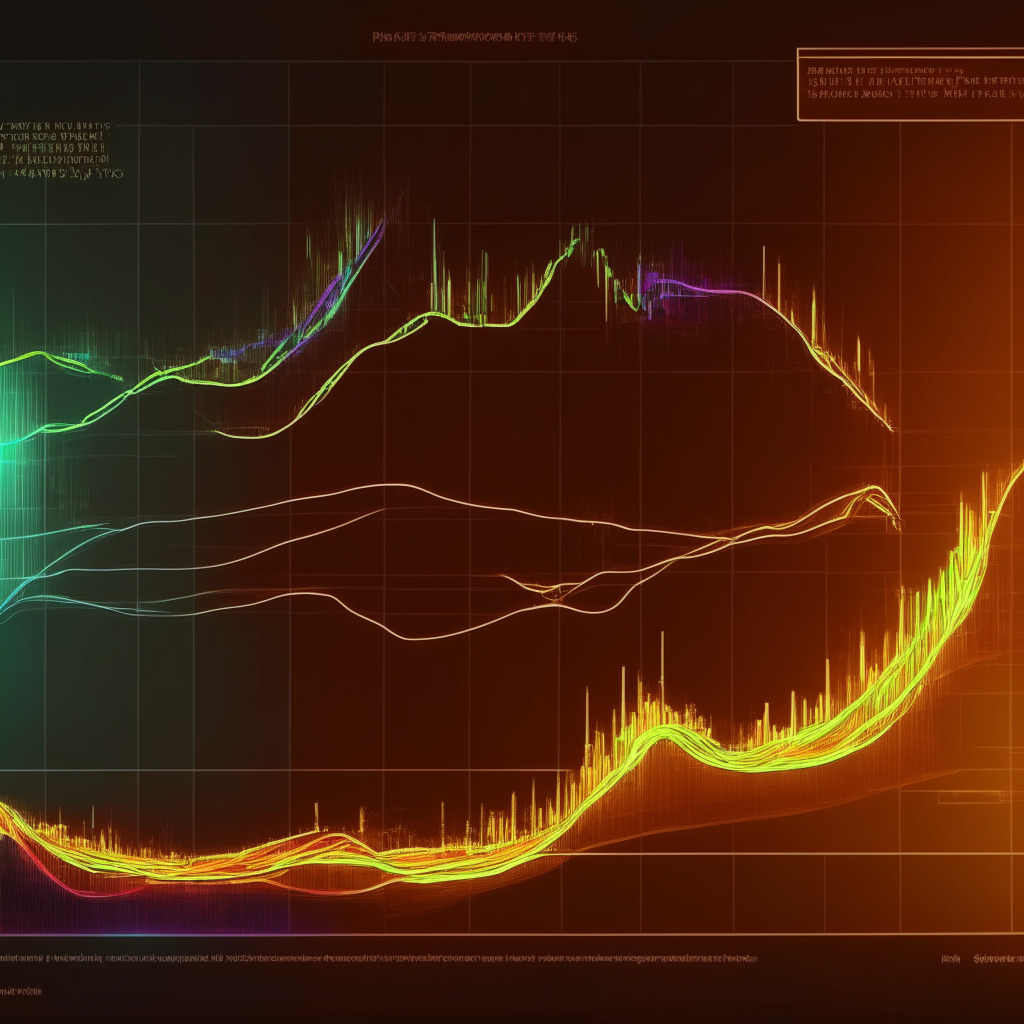The recent revelation that the United States Federal Reserve could potentially lose $100 billion has sparked animated discussion and speculation within the crypto community, particularly around the possible implications for Bitcoin. Highlighting the Federal Reserve’s precarious financial state, industry analyst Marcel Pechman spotlighted the reality that aggregate wealth cannot be universally amplified in response to growing demand for goods and services. The conundrum unveiled by Pechman exposes the challenges presented by inflation, rising real estate prices, and the repercussions of the Federal Reserve’s policies.
Furthermore, Pechman deduced that the Federal Reserve may be confronting the unfortunate repercussions of its lenient monetary strategy, which was employed during the pandemic, thereby forecasting an ominous future for the U.S. Treasury Department’s finances. This situation forces us to reassess our faith in conventional financial institutions and prompts us to explore the merits of blockchain technologies such as Bitcoin.
Breaking from his discussion on the United States economy, Pechman revealed the impressive rise of the Danish pharmaceutical company, Novo Nordisk. Momentarily topping luxury goods magnate LVMH, Novo Nordisk is the most valuable company in Europe, a status stemming from the success of its weight-loss drugs, Ozempic and Wegovy. Undoubtedly, this leap has reassessed Denmark’s GDP growth forecast. While the successful ascent of a pharmaceutical company remains outside the realm of cryptocurrencies, it reminds us of how rapidly things can change in the business world, just as in the unpredictable universe of cryptocurrencies.
Weaving blockchain technology back into the discourse, Pechman hypothesizes the potential for traditional companies to employ cryptocurrency-based systems for revenue distribution through smart contracts. Yet he underlines the current limitations of these technologies due to their complexity and nascent condition. Nonetheless, this underlines the potential of Blockchain’s ability to reform conventional transaction methods.
In summary, potential financial turmoil within leading traditional financial bodies such as the Federal Reserve could provide an unexpected boost for cryptocurrencies, as they offer an alternative and arguably more secure means of handling one’s wealth. However, the volatile landscape of cryptocurrencies, combined with their current technological limitations, emphasizes the growing pains this technology will continue to navigate. It’s a thrilling yet uncertain time in the world of cryptocurrencies, magnified by systemic changes in the broader financial landscape.
Source: Cointelegraph




